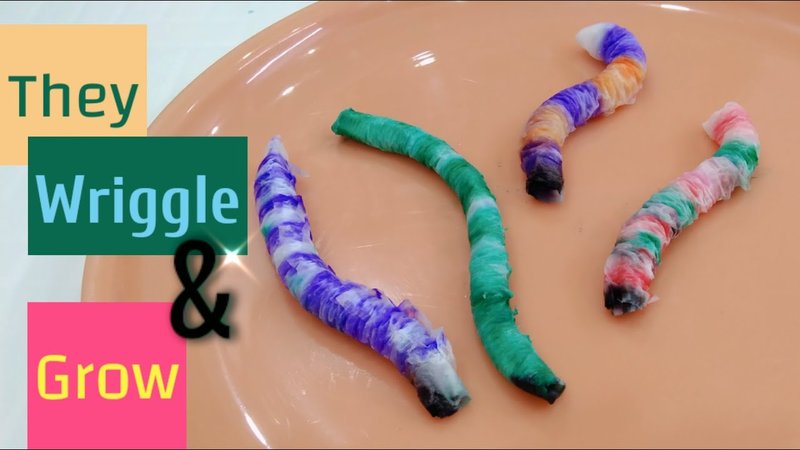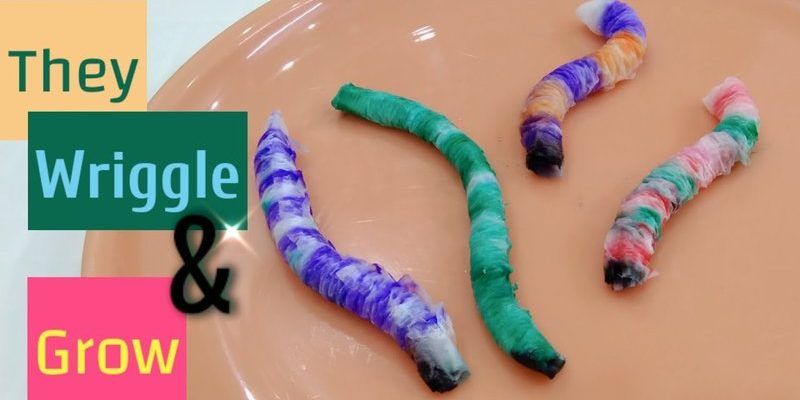
When you think about teaching science, you might picture boring diagrams or complicated textbooks. But using real-life examples makes everything more tangible. The peanut worm, with its colorful body and unique lifestyle, can fascinate students while helping them grasp important concepts. So, let’s dive into how you can use peanut worms in your school science demonstrations.
What is a Peanut Worm?
Peanut worms are marine animals belonging to the class Sipuncula. They often get their name because they resemble unpeeled peanuts! These creatures typically inhabit shallow ocean waters and can bury themselves in the sand or mud. They have a soft, elongated body and an interesting retractable proboscis, which makes them unique among marine animals.
You might be wondering why these worms are called “peanut” in the first place. Well, their shape and texture often remind people of the legume. Plus, they come in various colors, from brown and green to brighter shades, making them visually appealing for demonstrations.
In terms of size, peanut worms can range from a few centimeters to over a meter in length! This versatility means there’s a good chance of finding a specimen suitable for your display, whether in a aquarium or a science lab.
Why Use Peanut Worms in Demonstrations?
Using peanut worms in school science demonstrations has a plethora of benefits. First off, they offer a fantastic way to teach students about marine biology and the importance of biodiversity. By studying these creatures, students can learn about their role in the ecosystem and the marine food web.
You could easily create a lesson around topics like anatomy and reproduction. For instance, peanut worms have both male and female reproductive organs, making them fascinating for discussions about how different species reproduce. This can lead to engaging conversations about gender roles in the animal kingdom.
On top of that, peanut worms are a more relatable way to introduce the concept of invertebrates. Many students might find it hard to connect with more “popular” animals like dolphins or sharks, but everyone loves something that looks quirky and fun—like a peanut worm!
Setting Up Your Demonstration
To successfully set up a demonstration featuring peanut worms, you’ll first need to gather some materials. Here’s a quick list of what to consider:
- A clear aquarium or container with seawater
- A net or scoop to catch the worms
- Salt for maintaining the water’s salinity
- Small rocks or sand to simulate their natural habitat
First, fill your container with seawater. If you don’t have access to actual seawater, you can create a saltwater mix using fresh water and aquarium salt. It’s essential to keep the salinity right; otherwise, your peanut worms won’t thrive.
Next, introduce the peanut worms to their new environment. It’s best to let them acclimate before starting your demonstration. This way, they can showcase their natural behaviors like burrowing or extending their proboscis, which can be quite entertaining for students.
Teaching Concepts with Peanut Worms
Now that you have your peanut worms ready, what can you teach? There are endless possibilities! Here are a few engaging ideas:
1. Anatomy Exploration
You can use the peanut worm to explain basic anatomy. When you look at them closely, students can see their body structure, including organs and the nervous system. Using safe and clear diagrams, help them identify parts, and relate them to human anatomy.
2. Marine Ecosystems
Discuss the role of peanut worms in their ecosystems. They help recycle nutrients in the sediment, serving as food for various marine creatures. This can lead to discussions on the importance of preserving marine life and biodiversity.
3. Environmental Science
You can even dive into a conversation about conservation and the impact of pollution on marine habitats. Peanut worms are sensitive to changes in their environment; students can learn about their significance as indicators of ocean health.
Common Questions and Concerns
While peanut worms are great for demonstrations, you might have some questions or concerns about using them in a classroom setting. Here are some answers to common inquiries:
1. Are peanut worms safe to handle?
Yes, peanut worms are generally safe to handle, but remind students to be gentle. Their soft bodies can be easily damaged.
2. What if the worms don’t behave during the demonstration?
Animals can be unpredictable, and that’s okay! If they’re hiding, you can still discuss their traits and behaviors based on what you observe in their habitat.
3. How do we take care of them?
Make sure to monitor the water quality and ensure there’s enough oxygen for them to breathe. A simple air stone can help with that.
Incorporating peanut worms in school science demonstrations can turn a standard lesson into an unforgettable experience. These quirky creatures not only engage students but also teach valuable lessons about biology, ecology, and conservation. Through hands-on learning, students get to see the vibrant world of marine life up close, fostering a deeper appreciation for our oceans.
So, next time you’re planning a science lesson, consider the peanut worm. They might just be the star of your show!

